Oolong Tea - A Real Hidden Gem Among Connoisseurs
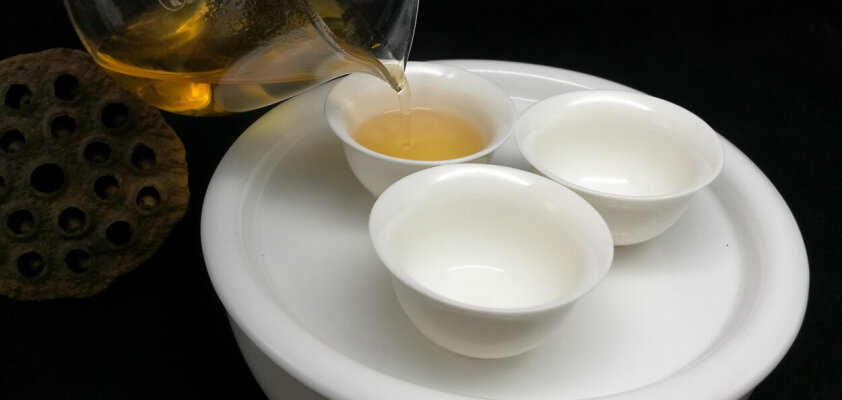
Tea is always a good idea - with this winged saying, cozy gatherings are often opened with a cup of freshly brewed tea. The classic varieties of green tea and black tea are very popular, offering mild floral or robust aromatic flavors and invigorating effects. Less known, however, is Oolong tea, a type of tea that combines the virtues of green and black tea. The exact origin of Oolong tea in China and Taiwan (formerly Formosa) is not known. The oldest written mentions date back to the Ming Dynasty in the 14th to 17th centuries.
The Legend of the Black Dragon
The discovery of Oolong is explained in China with a enchanting legend. In this story, a farmer was surprised by a black dragon while drying his tea harvest, and the dragon drove him away from the place with the laid-out tea. When the farmer returned after some time, he found that the tea leaves had already taken on a dark color due to the sun. Unable to afford to destroy the harvest, he decided to try brewing it. To his surprise, he found that his originally green tea had acquired a fine aroma through withering in the sun, enriching it with spicy notes. Since then, green tea is intentionally fermented slightly longer to produce the typical Oolong.
Another story regarding the names of some Oolong teas refers to the shape of the rolled tea leaves of China Oolong, resembling a black snake. As dragons in China and Taiwan more closely resemble snakes, one could see in this tea many tiny dragons.
How Oolong is Made Today
Oolong tea is derived from the leaves of the tea plant Camellia Sinensis, much like green tea and black tea. Oolong undergoes only partial oxidation, making it an intermediate stage between green teas (not oxidized at all) and black tea (fully oxidized). Its flavor strongly depends on the degree of oxidation. If Oolong is only lightly oxidized, the floral and grassy aromas are more prominent. The further the oxidation process progresses in Oolong tea, the stronger the flavor becomes.
To achieve optimal oxidation, the tea master air-dries the leaves and moves them by shaking. The process is halted through heat treatment at temperatures around 65 °C. Additionally, the tea can be rolled and kneaded, with the juice released contributing to further flavor changes. A good Oolong combines numerous fine scents and flavors and can be steeped multiple times. One of the most precious Oolong teas is the harvest from a tree in the Wudong Mountains in China, which is over 700 years old. One kilogram of Oolong tea from this source was auctioned for over 10,000 euros.
What are the Best Oolong Tea Varieties?
The flavor and effects of Oolong tea depend not only on the fermentation time but also on its origin. Well-known cultivation areas for Oolong and other teas in China include:
- Wuyi Mountains in Fujian Province
- Anxi tea-producing region in Fujian Province
- Wudong Mountains in Guangdong Province
Among these, the cultivation areas in the Wudong Mountains have the longest tradition and produce the most precious varieties. Tie Guan Yin Oolong from Anxi in China has a mild taste with floral notes and a fragrance reminiscent of a summer meadow after the rain. A green Oolong with delicate floral accents is, for example, the Formosa Oolong Tea Fancy Superior Taifu from Taiwan.
Oolong tea is produced in excellent quality in China and Taiwan, as well as in New Zealand, India, and other tea-producing regions. Some of the most well-known varieties include:
- Formosa Oolong
- Butterfly of Taiwan
- Cha Oolong
- China Milky Oolong
- Mae Solong
- Jin Xuan
- Oriental Beauty
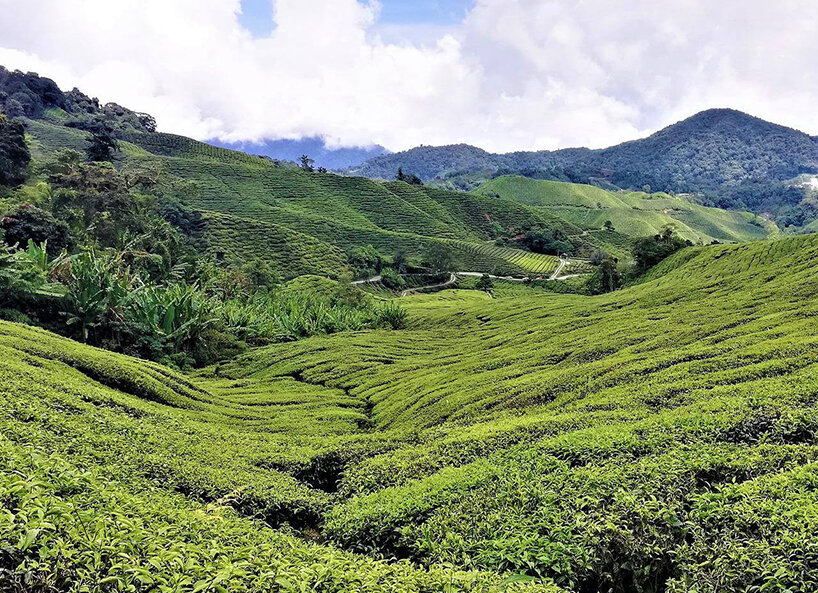
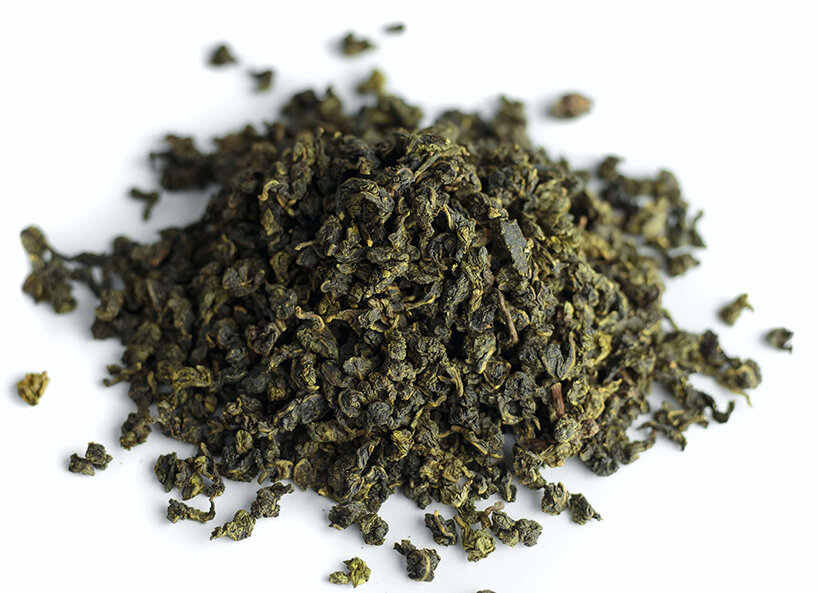
How to Prepare Oolong Tea Properly
The preparation of Oolong tea is quite simple and similar to brewing green tea. It can be steeped multiple times, with the tea developing different flavor notes with each infusion. For traditional preparation, a small amount of Oolong is poured with a small amount of hot water. The intensity of infusions increases from the first to the third, after which the tea becomes milder again.
For small quantities (5g tea, 150 ml water), the optimal steeping time is usually 10 to 20 seconds. This allows for up to eight infusions. For this method, it's best to use a classic Gaiwan or Yixing teapot. This type of teapot is made of unglazed clay and can also be used for the following tea types:
- White tea
- Pu Erh tea
- Green tea
- Black tea
In the Gong Fu Cha preparation (Chinese), the Oolong is carefully prepared and utilized optimally. First, rinse the teapot and teacups with hot water. Then, fill the teapot with Oolong tea leaves halfway. Pour hot water over it, and discard this first infusion to remove components like dust and other deposits. This is also known as "washing" or colloquially "the first infusion is for the enemies." Afterward, pour hot water again, and after a short steeping time, distribute the Oolong into the teacups. For a larger teapot, the steeping time can be extended to one minute.
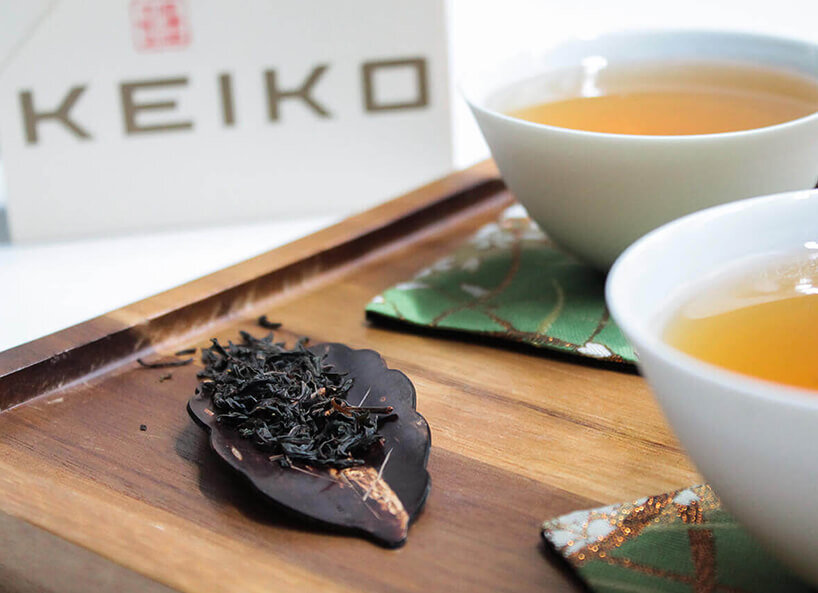
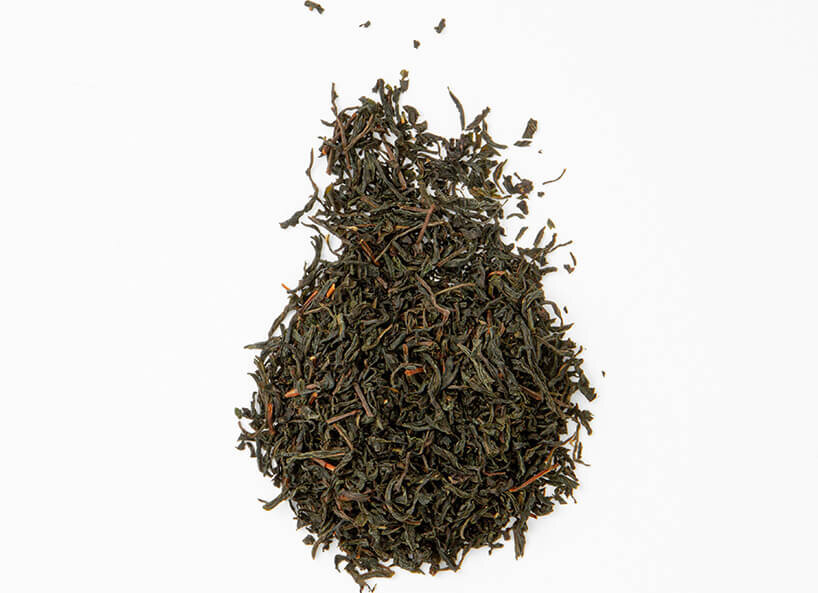
Health Benefits of Drinking Oolong Tea
Oolong contains more caffeine than green tea and less than black tea. Additionally, it contains fewer tannins than black tea, making Oolong tea very digestible. Consuming Oolong before carbohydrate-rich meals may delay the rapid increase in insulin levels. Furthermore, the tea's polyphenols are believed to protect blood vessels from dangerous deposits. Regular consumption of Oolong tea may reduce the release of free radicals by up to 50%. It is also said to alleviate signs of skin aging such as pigment spots. The formation of plaque on the teeth is also reduced. So many reasons to enjoy tea more often!

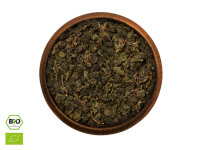
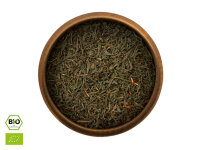
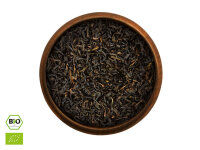
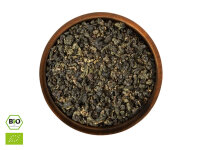

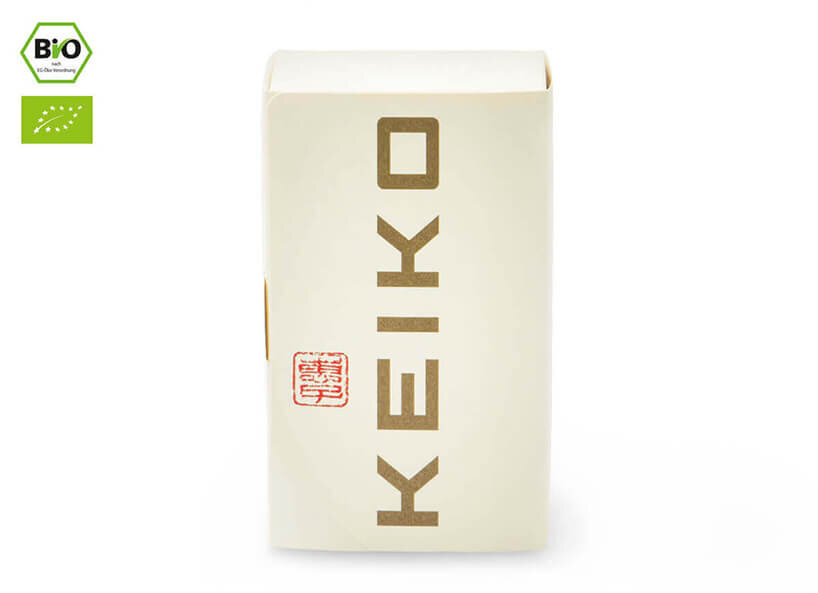










-from-the-yakiyaki-grill-pan.jpg)




